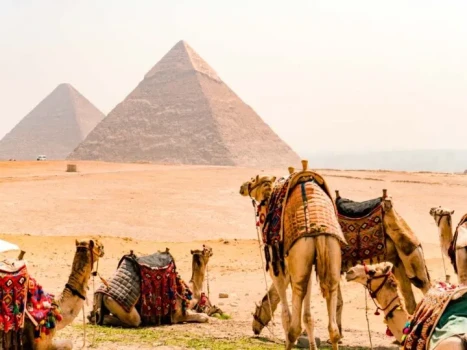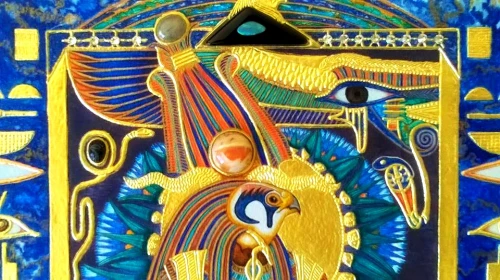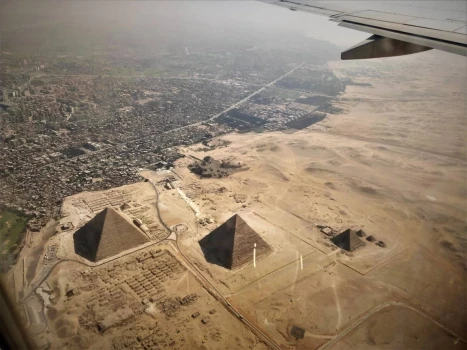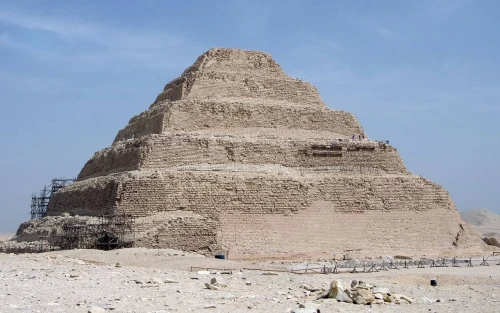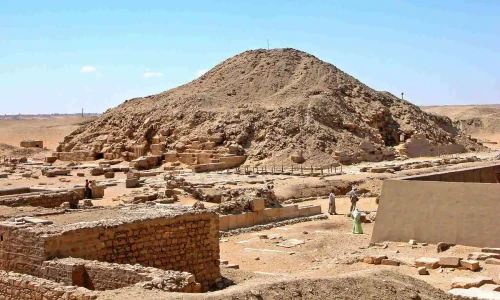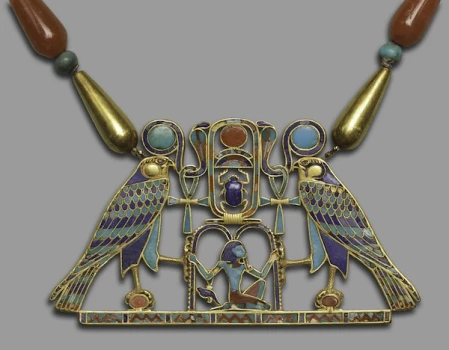
What is an amulet in ancient Egypt?
AMULET Anything a person wears or carries for luck or protection is called an amulet. Ancient Egyptian amulets frequently featured miniature gods. Amulets were by far the most common of the Egyptians' magical implements. During our Egypt tours you will discover many secrets about ancient Egyptians and their gods. Parents wore amulets around their children's necks to ward off evil spirits and safeguard them from scorpions, snakes, and crocodiles. Newborns were decked with amulets to keep them safe and healthy.
Amulets appeared in a variety of dimensions, forms, and hues. Others were carved from stone, while some were made of faience like these. I encourage you now to choose among our Egypt day tours and packages to discover more Egyptian mythology that will amaze you.
Discover during our Egypt travel packages the story of Amulets in ancient Egypt, which can be manufactured in countless variations, were thought to possess various foreign powers. Some amulets were purely protective, and their ability came from the gods. All these stories about Amulets will be clear during Egypt Luxury tours through tour guides. For example, if you wore a small cat amulet around your neck, the cat goddess, Bastet, protected you. The Egyptians thought that some charms kept them safe and bestowed upon the wearer special abilities that you will discover during Egypt Classic tours. For example, they believed that wearing an amulet of a lion would make you brave, wearing one of a bull would make you strong, and wearing one of an ibis or baboon would make you wise and knowledgeable. If you are searching for a city that tells all the history about ancient Egypt, I suggest booking our Luxor day tours, because it is the land of civilization and history. There you will find many places that will inspire you such as the Karnak temple. Also you can book our Luxor West bank day tour.
What is the famous Egyptian Amulet?
The EYE OF HORUS, worn by the living for good health and applied to the dead for regeneration, was one of the most well-known Egyptian amulets that you will discover during Egypt budget tours. The Egyptian term for the Eye of Horus, Udjat, or "sound eye," refers to its stylized falcon's eye shape. I advise you now to book our Aswan day tours. There you will visit Horus temple in Edfu city. If you love stories and Myths, you will reach the peak of happiness in this journey. You can use this opportunity in Aswan and take Aswan full day tour. In this trip you will visit the best attractions such as philae temple.
A master amulet was carved into a lump of soft clay after being cut, typically in stone. When the clay was sufficiently hardened through baking or firing, it was used to create the mold for amulets. The master amulet could create any mold, and each mold could generate any charm. The mold was prepared by rolling a small piece of faience around a string. The paste solidified and the rope burnt away during the firing of the mold, leaving a hole that allowed the amulet to be strung on a cord. Although there were many different hues of faience amulets, the ancient Egyptians preferred turquoise and blue tones.
Over Egypt's 3,000-year history, amulets have evolved. Hawks, hippopotami, and lions were typical Old Kingdom (2686–2181 B.C.) animals that you will explore during Egypt cultural tours. Amulets were frequently fashioned as bodily parts later, during the First Intermediate period (2181–2055 B.C. ): arms, feet, hearts, and eyes. The SCARAB beetle, one of ancient Egypt's most well-known amulets, was created during the Middle Kingdom and is still worn today.
 English
English
 Spain
Spain

